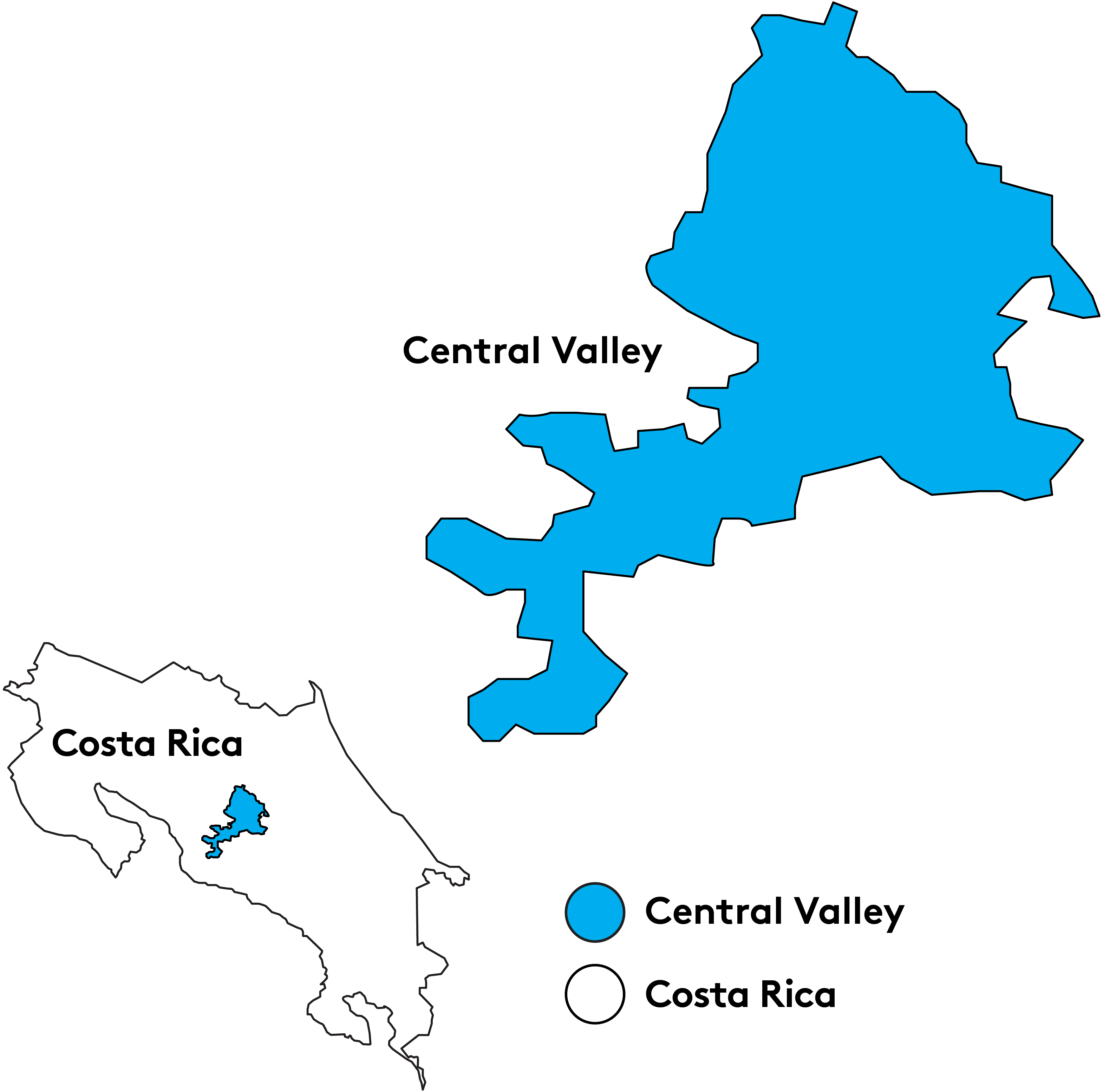In Carrizal Alajuela, between the Poas and Barva volcanoes, rests the fertile Finca Colorado Springs farm. The property was acquired in the 1960’s and has been a family business operation ever since, now operated by the second and the third generation. Patrica Dada and her son Dariush Barinju.
The property is composed of 50 hectares on which there is a mix of coffee and lime trees. Originally, the farm was bought to produce milk and over the years it changed from dairy farm to citrus orchard and now to coffee farm. Currently, 30% of the property is dedicated to coffee production, specializing in the Caturra variety with a small plot of Geisha and Centroamericano. Lime tree orchards compose another 20% of the land and the remaining 50% is currently preserved as forest.
The coffee plantation has been spectacular in production and quality and the goal is to specialize in coffee, slowly harvesting more each year and increasing production. The volcanic soils, an abundance of water from the river that crosses the farm, and the 1700 -1800 meters above sea level elevation make for very fertile growing conditions. Finca Colorado Springs’ strategic partnership with nearby Hacienda Sonora has enabled them to export their coffee to the world.
